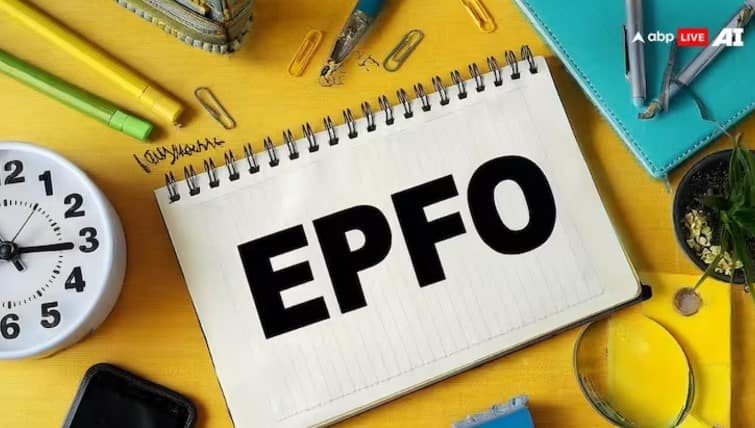The Employees’ Provident Fund Organisation (EPFO) announced a landmark decision on Monday evening as a pre-Diwali gift for salaried individuals. The authority permitted members to withdraw up to 100 per cent of the ‘eligible balance’ from their provident fund (PF) accounts.
The move, which includes both employee and employer contributions, marks a significant shift in the country’s retirement savings policy framework.
The decision was approved at the 238th meeting of the Central Board of Trustees (CBT) held in New Delhi and chaired by Union Labour and Employment Minister Mansukh Mandaviya.
The meeting was also attended by Minister of State for Labour and Employment Shobha Karandlaje, Labour Secretary Vandana Gurnani, and Central Provident Fund Commissioner Ramesh Krishnamurthi.
Full Withdrawal Option for Members
Until now, full withdrawal from a PF account was allowed only under specific circumstances, such as retirement or unemployment. Members could withdraw up to 75 per cent of their balance after one month of joblessness and the remaining 25 per cent after two months.
However, under the revised rules, members can now withdraw the entire eligible balance, providing greater control over their savings during critical financial phases.
For housing-related withdrawals, such as purchasing land, building a home, or repaying EMIs, EPF members were earlier limited to 90 per cent of their accumulated corpus. The new provision effectively extends that flexibility to 100 per cent, empowering contributors to utilise their funds more efficiently.
Simplified Rules and Liberalised Withdrawal Limits
The EPFO board also approved the merging of 13 complex withdrawal provisions into a single, streamlined framework divided into three categories: essential needs (such as illness, education, and marriage), housing needs, and special circumstances.
Withdrawal limits have been liberalised significantly. Members can now make up to 10 withdrawals for education and 5 for marriage, compared to the earlier combined limit of three withdrawals for both purposes.
Moreover, the minimum service requirement for all partial withdrawals has been standardised to 12 months, replacing varied tenure conditions that previously caused confusion.
In a notable relaxation, members will no longer need to provide specific reasons under the ‘special circumstances’ category, covering situations like natural calamities, lockouts, or unemployment. This change is expected to reduce claim rejections and enhance ease of access.
Ensuring Balance and Long-Term Benefits
To encourage long-term financial discipline, the EPFO has introduced a provision requiring members to maintain a minimum balance of 25 per cent of their total contributions at all times.
“This will enable members to enjoy the high rate of interest offered by EPFO (currently 8.25 per cent per annum) and benefit from compounding returns to build a strong retirement corpus,” the Labour Ministry said in a statement.
The reform also includes a move towards complete automation. With the new “zero-documentation” process, 100 per cent of partial withdrawal claims will now be settled automatically, minimising administrative delays and improving member convenience.
Greater Flexibility and Extended Timelines
Complementing the liberalised withdrawal framework, the CBT has decided to extend timelines for premature settlements. Members can now opt for premature final settlement of EPF after 12 months instead of the previous two-month period, while the time limit for final pension withdrawal has been extended from 2 months to 36 months.
These changes aim to strike a balance between providing liquidity in times of need and protecting long-term retirement savings. The EPFO’s latest measures reflect a broader government effort to make social security schemes more responsive, transparent, and aligned with the evolving needs of India’s workforce.


